Research
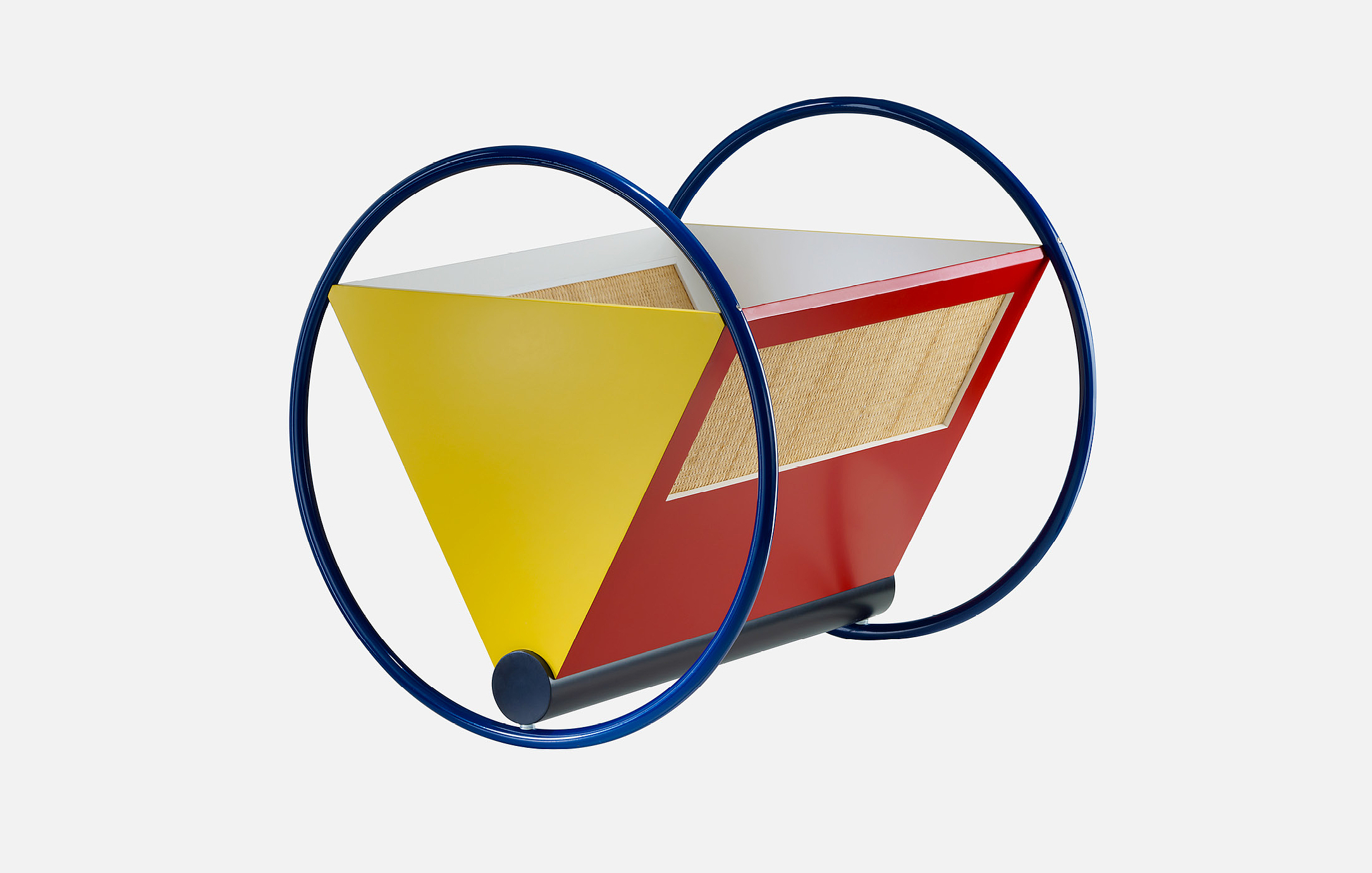
This project is inspired by Peter Keler's Bauhaus cradle. Since the Bauhaus cradle was easy to produce and worked efficiently, it matched society's demand well then. However, from a contemporary view, the Bauhaus cradle cannot satisfy people's demands so wonderfully anymore. Compared to the past request, the Bauhaus cradle present, except for physiological needs, people nowadays care about emotional needs (like marrying Miku) and entertainment needs, for example, buying POP MART's blind box.
Why do people now prefer to buy spiritual self-satisfying goods rather than daily necessities working more efficiently? Based on my observation, the reason for this phenomenon may be the current widespread insecurity mentality. Social discipline and intervention may contribute to this sense of insecurity. People's insecurities have led to a tendency for mainstream aesthetics to be juvenile (such as the childish avatar idols that dominate the market, the widely use of baby color palette on products for all ages, etc.).
On the other hand, every coin has two sides. While social discipline brings insecurity, it also brings a sense of security for people to conform to the mainstream and blend into the group. It's like the nursery where one is disciplined and one feels safe for the first time. While gender discipline and workplace oppression deepen the public's anxiety, those pressure breed a frenzy of consumerism, which makes people adopt a carpe diem attitude under great pressure. Another paradoxical embodiment is the cubicle office. Small cubicles could be a prison but also could be a shelter.
Conceptual Video
Video Storybaord
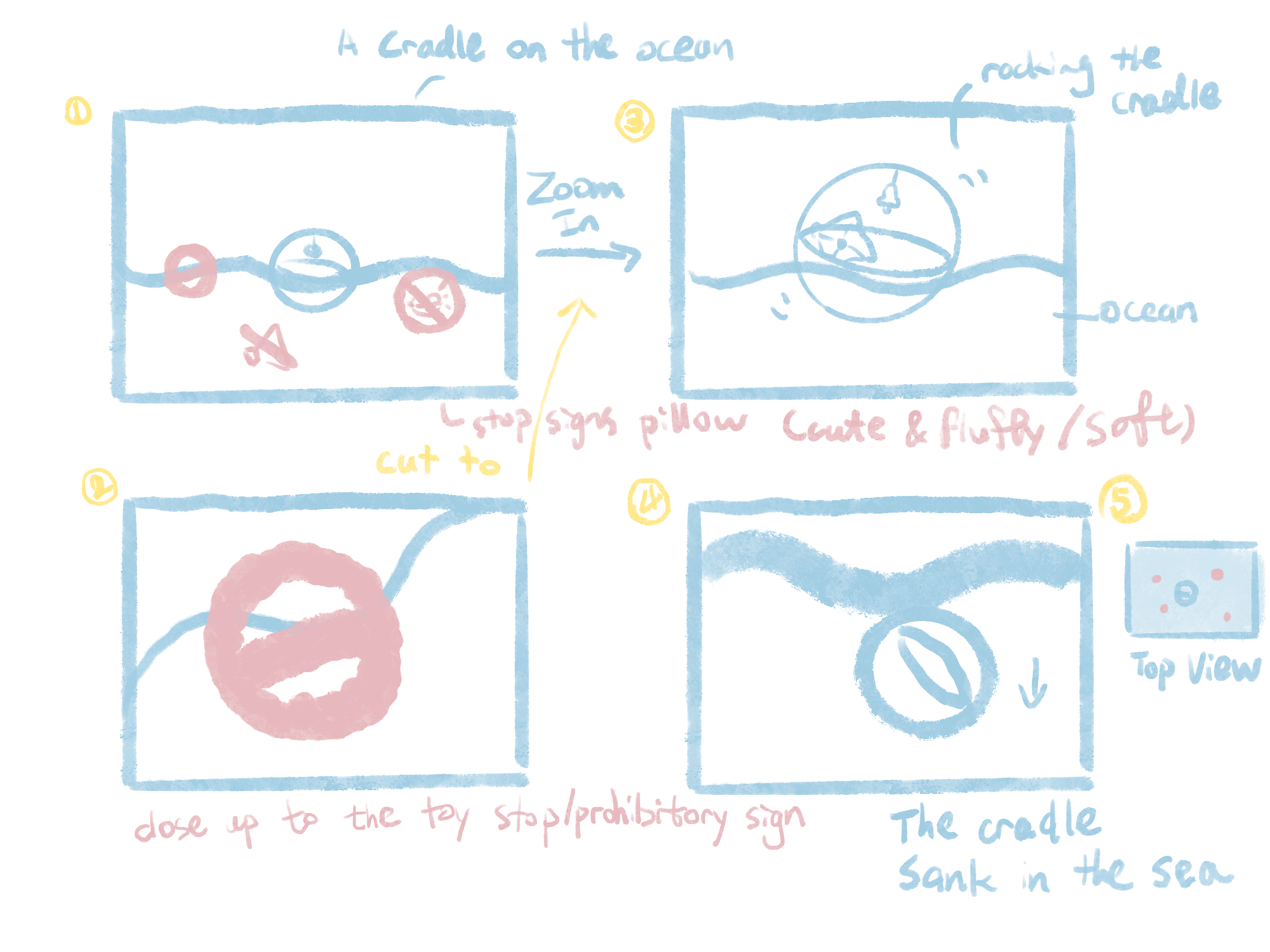
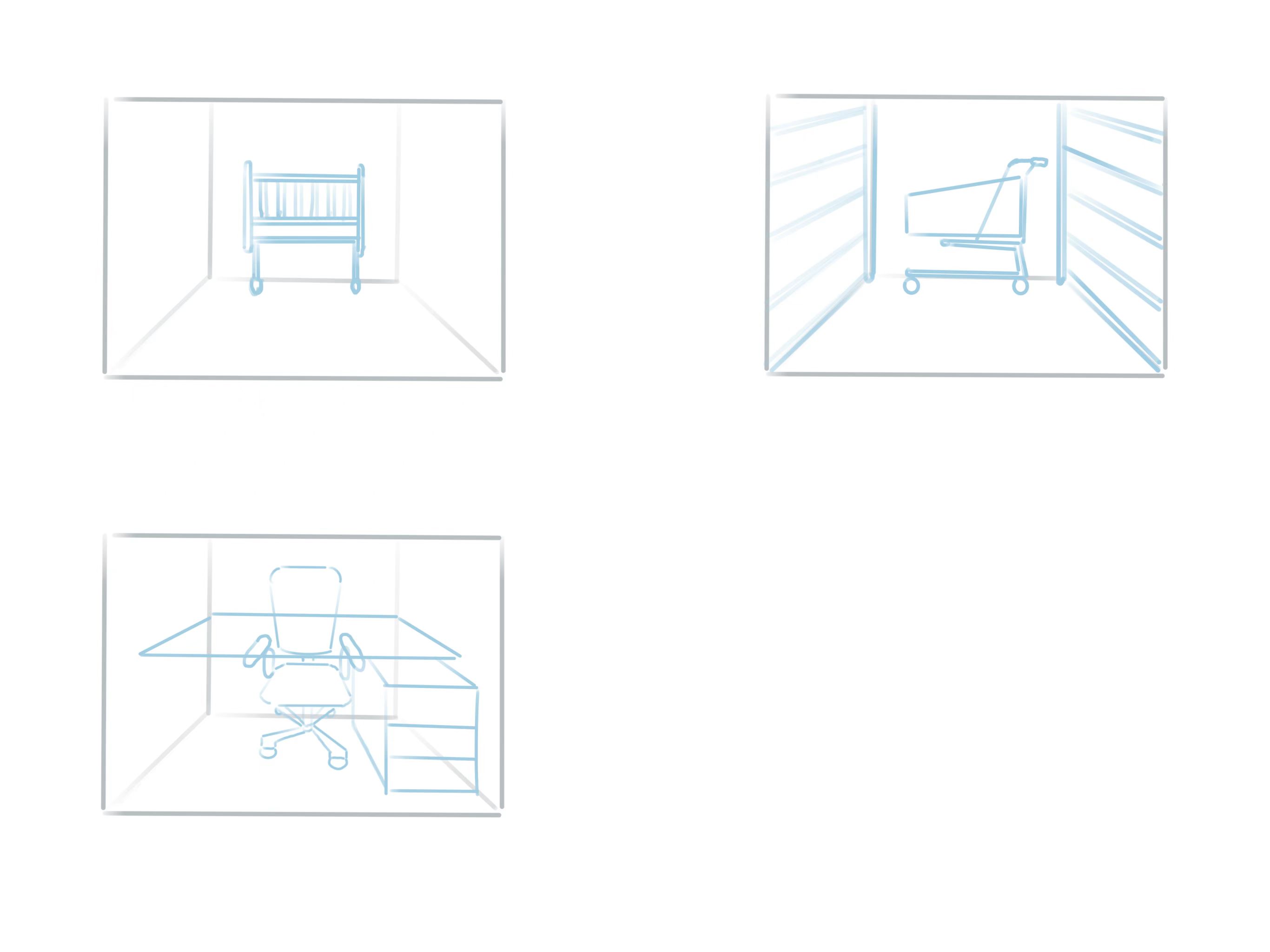
Concept
The two-sided nature of the cradle makes it a symbol of the sense of security and insecurity brought by discipline. The video's three scenes are derived from the cradle's functions and the general scene. Through the nine-grid brainstorming method, I got the shopping cart and office chair as an incarnation of the cradle in other representative everyday scenes. In addition, I used a symbol throughout the video as a clue of discipline in the three stages -- the forbidden symbol.
The virtual world of CRADLE in the video included three places where people are regularly disciplined. The first place is the baby room (human beings are the product of discipline from birth). In supermarkets, values are sold, freedom of choice is backed by an inescapable net, and every human choice is counted. We often think that our decisions to buy things are based on our own needs, but most of our desires are driven by the manipulation of capital. Invisible eyes stare at us in the office, the manager, colleagues, and clients, and the rule of the adult world continue strangling us. A cubicle office is like a panoramic prison.
Babyroom 1.0
Babyroom 2.0
Babyroom 3.0
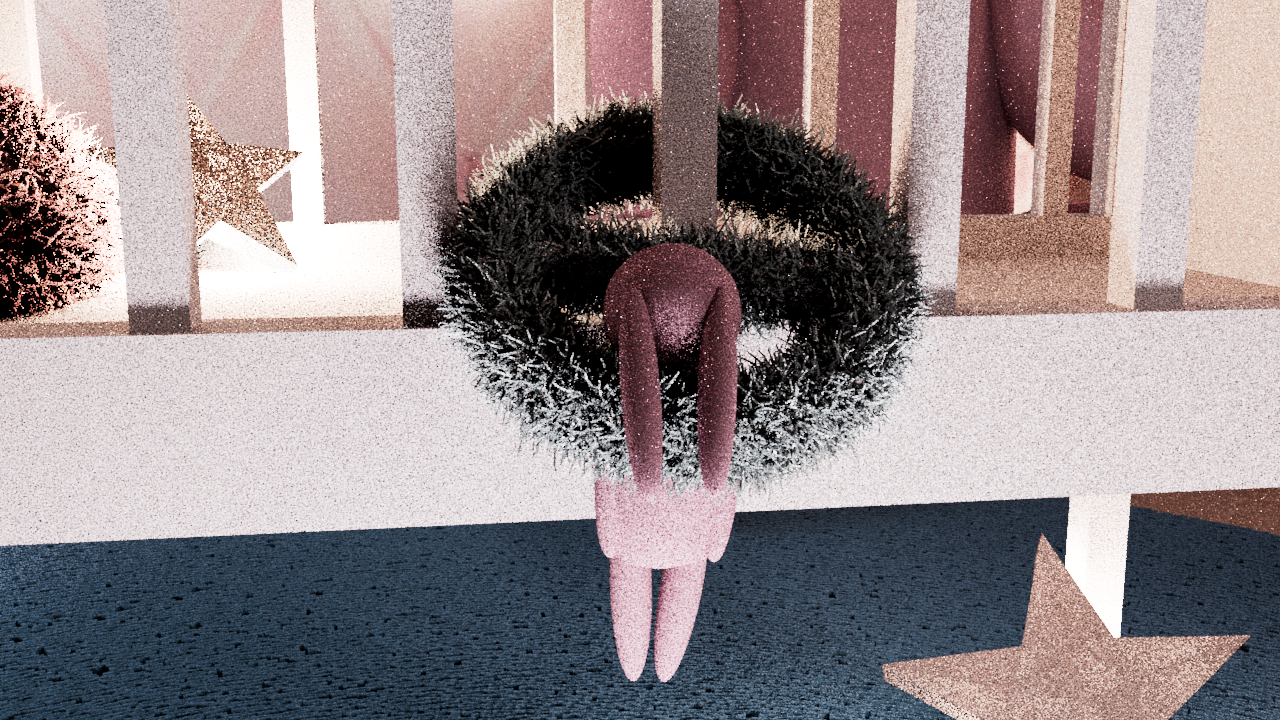
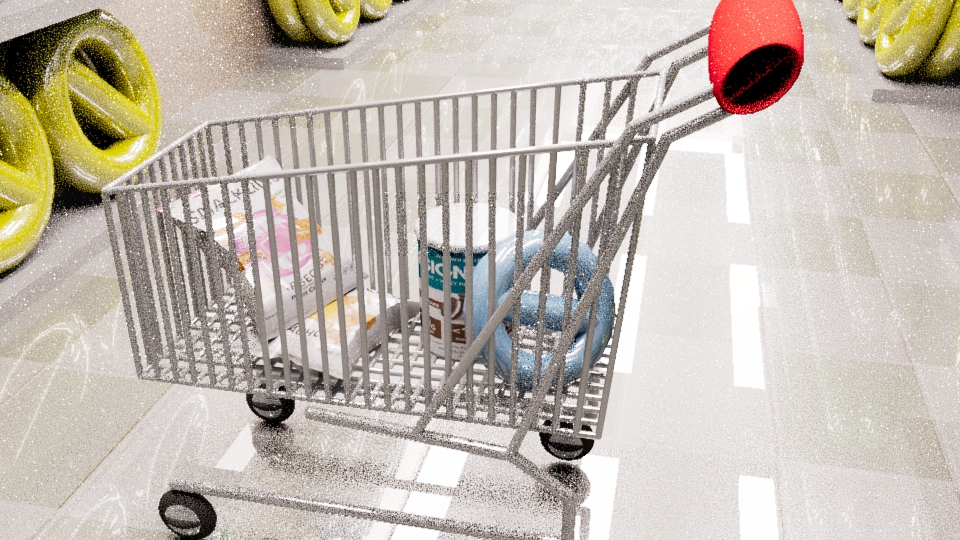

Interactive Conceptual Experience
We are all living in a CRADLE. We can talk but won’t be heard; we can gesticulate but won’t be understood. Conventional taboos are invisible chains controlling everyone. We live but cannot live as ourselves. In the interactive online experience, CRADLE shows a visual sense of being misinterpreted and shielded.
for the best experience, please visit via desktop with your headphone
Design & Development Tool
- p5.js
- Visual Studio
- Maya
- Encoder
- Premiere